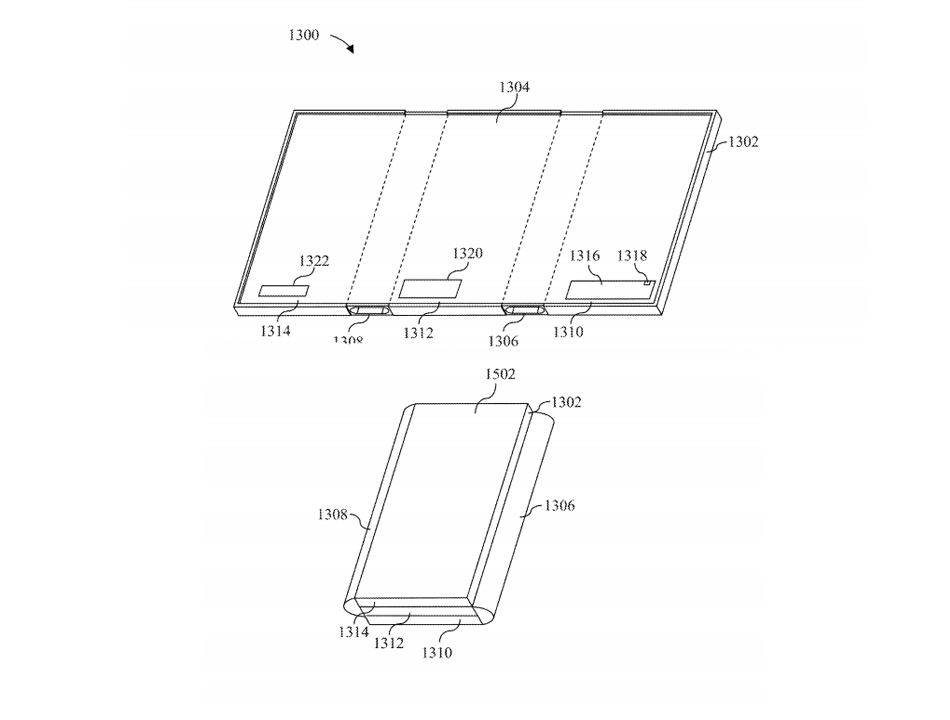As spotted by Windows Latest, this patent was filed by Microsoft in October 2015 but wasn’t published until January 29, 2019. It suggests the use of RF antennas to enable mode switching and could be an idea for Microsoft’s long-rumored Andromeda Surface device. However, in most cases, the thickness of a three-mode foldable wouldn’t be very practical. The patent depicts three thick screens on top of each other, which isn’t going to be comfortable for anyone to hold.
Self-Adaptive Antennas
Instead, the focus on the patent is the RF antenna system. Microsoft suggests applications of this in all devices with multiple modes, from dual-screen foldable to 2-in-1’s like its Surface Pro devices. “The first device portion includes an RF antenna. The second device portion includes an antenna adaption element. The antenna radiation element is positioned more closely to the RF antenna in the second operating mode than in the first operating mode,” explains the document. “The antenna adaption element is configured to, in the second operating mode, passively counteract or mitigate a shifting of a resonant frequency of the RF antenna that would otherwise occur as a result of the electronic device being transitioned from the first operating mode to the second operating mode.” This self-adaptive antenna system could devices across a number of form factors, though I don’t pretend to understand exactly how. A three-way foldable probably won’t make it to market, but specific reference to phones and phablets show Microsoft has been thinking about its Andromeda device for some time.




![]()
![]()